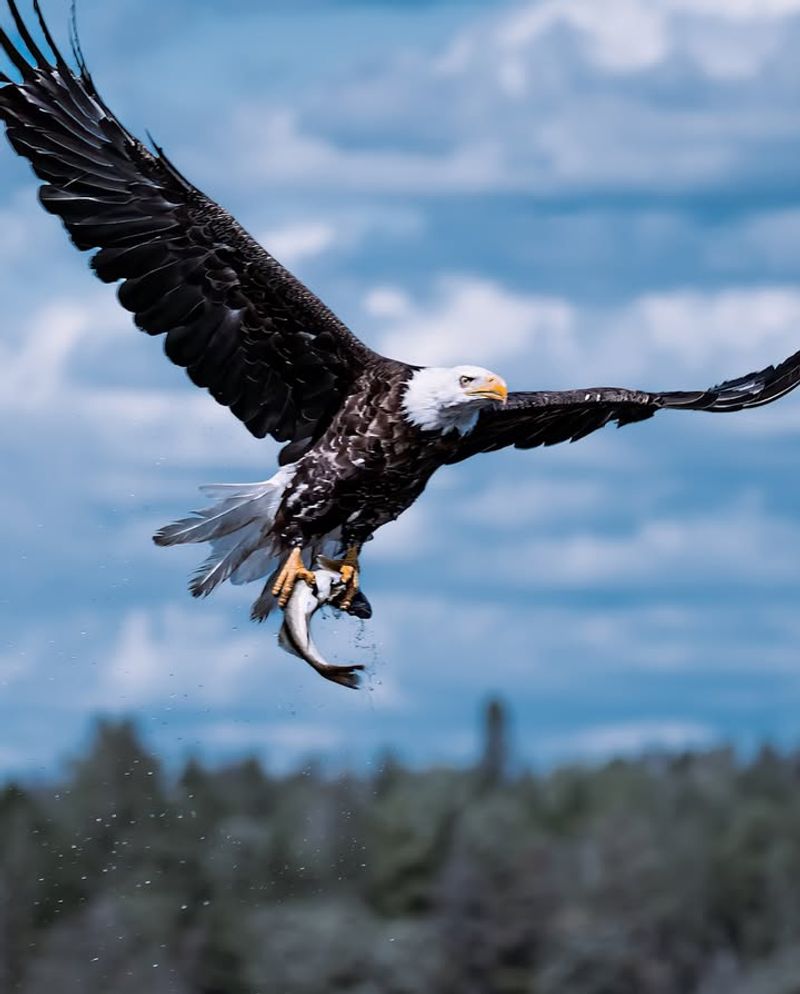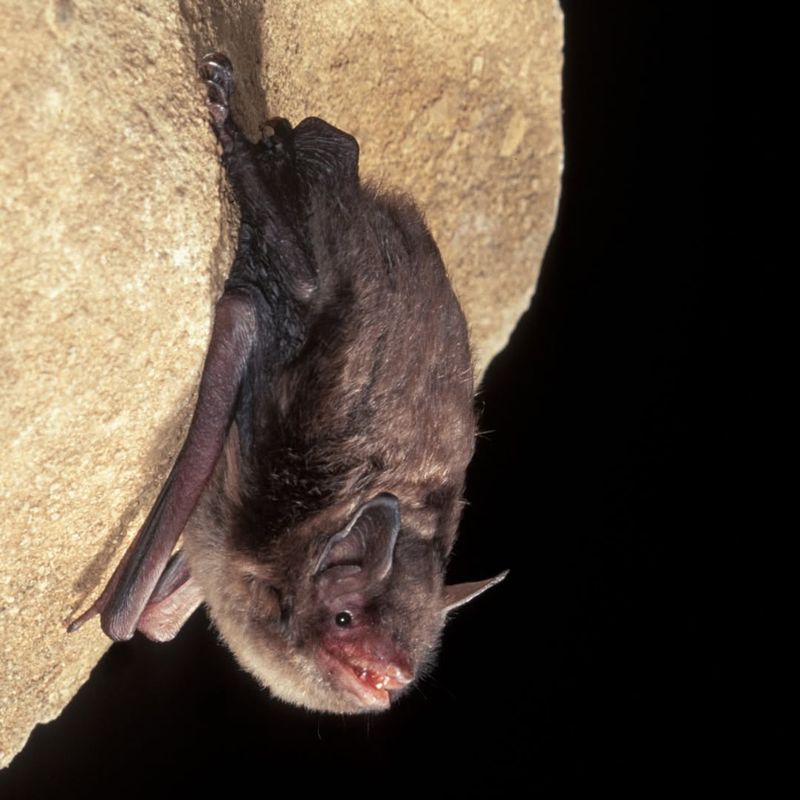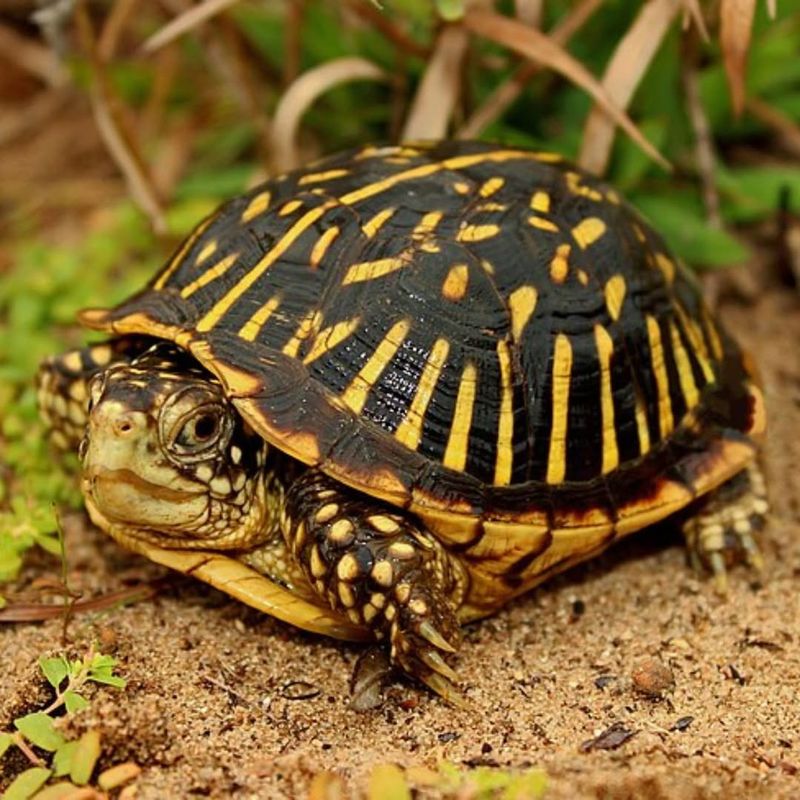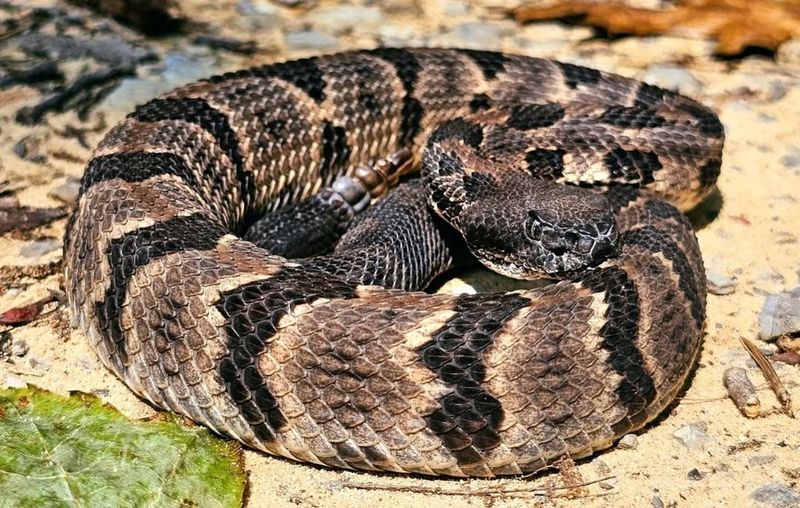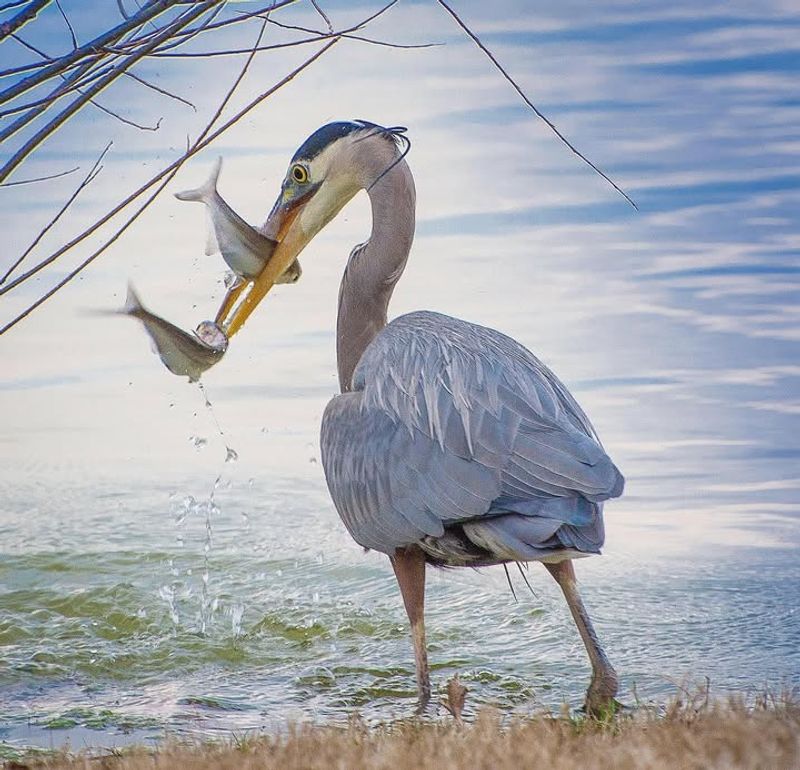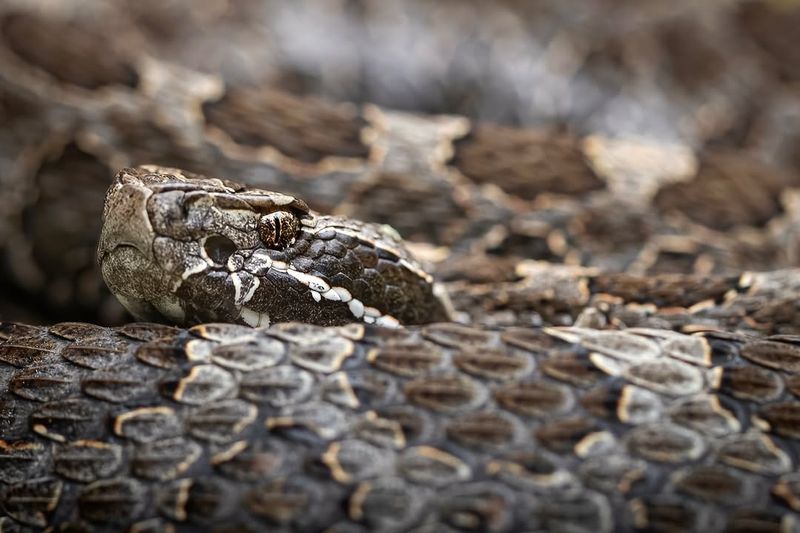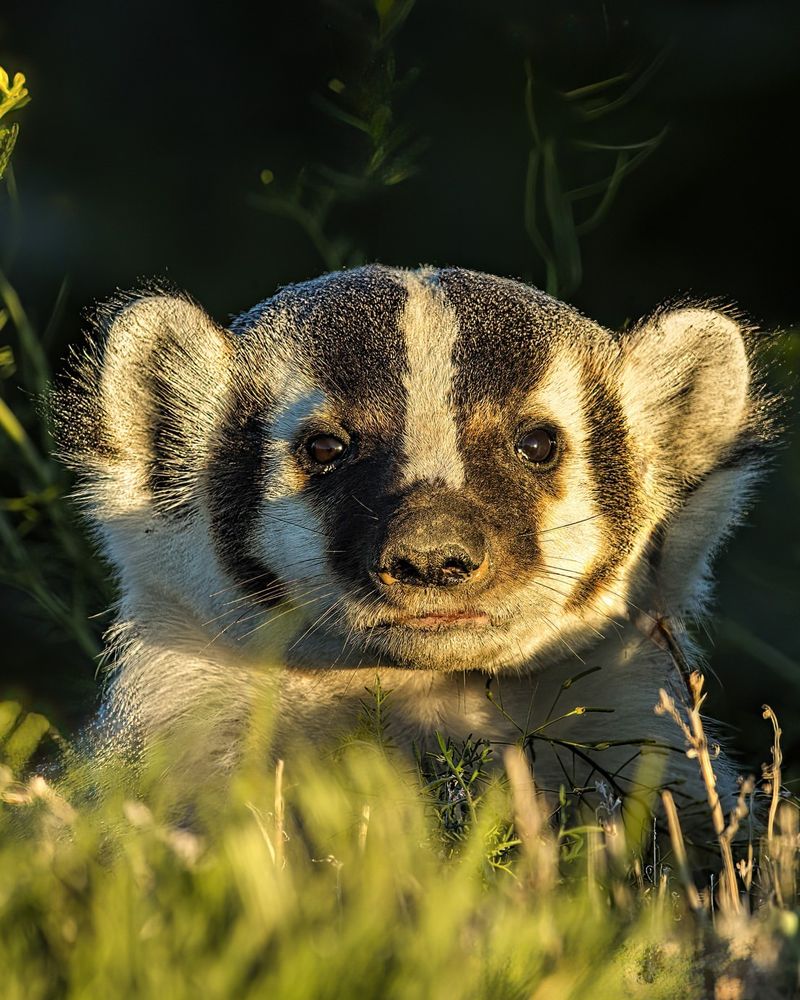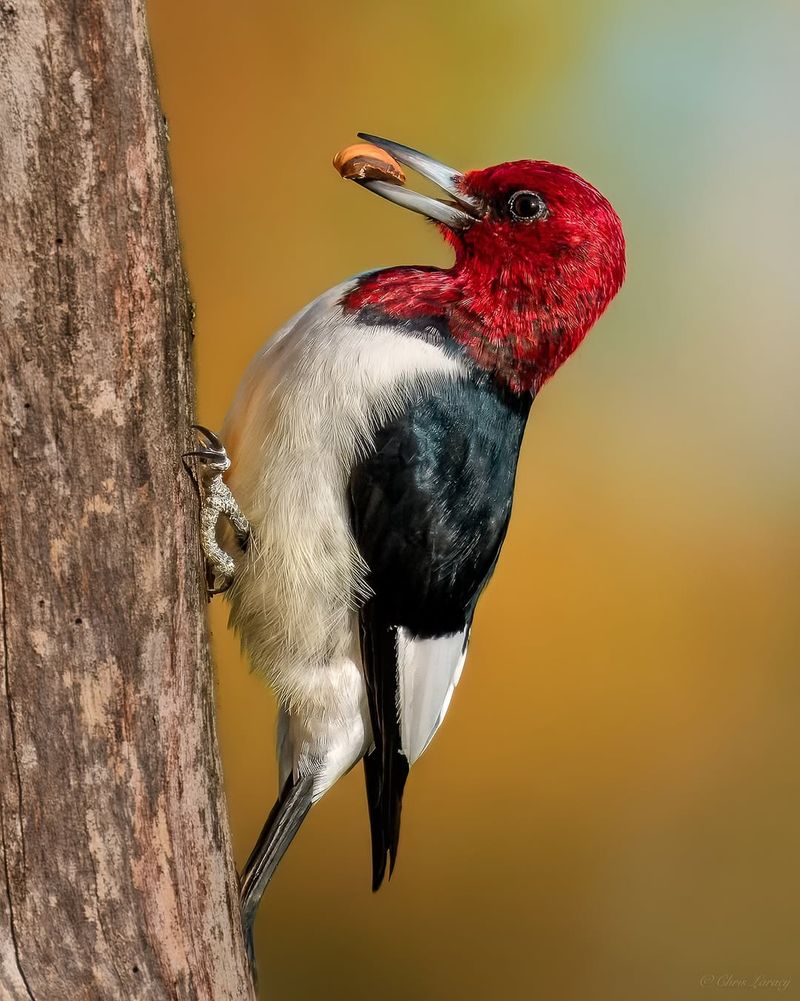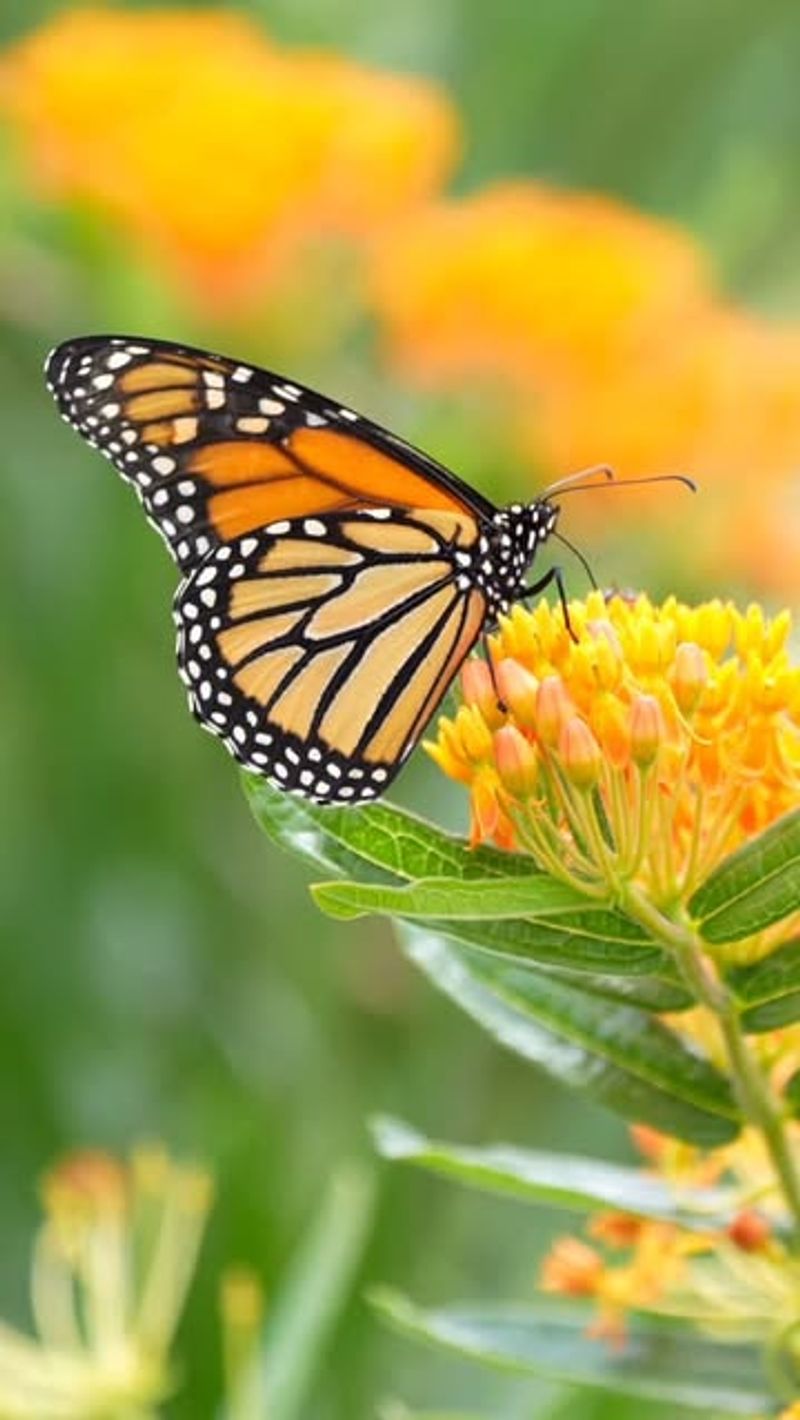Iowa backyards are busier than they look. Birds nest in gutters, turtles wander through gardens, and tiny mammals slip under sheds like they’re clocking in for work.
It’s easy to assume you can move an animal along if it gets too close — but some of the state’s wild neighbors are legally protected, even when they show up at your front door.
1. Bald Eagle
America’s national bird holds special protection under federal law, making it illegal to harm or disturb them anywhere in Iowa. Spotting one soaring over your property might feel thrilling, but you must let them be.
Bald eagles often nest near rivers and lakes throughout the state. They can have wingspans reaching seven feet, making them truly impressive to watch from a distance.
If an eagle builds a nest on your land, contact wildlife officials for guidance. Never approach their nests or try to relocate these powerful birds yourself.
2. Indiana Bat
Weighing less than three pennies, this tiny bat faces serious threats to its survival. Federal endangered species laws protect Indiana bats, so removing them from your attic or barn could land you in legal hot water.
During summer, females gather in maternity colonies to raise their young. They eat thousands of insects each night, providing natural pest control for your property.
If you discover bats roosting in your building, wait until fall when they leave naturally. Then seal entry points to prevent their return next season.
3. Ornate Box Turtle
With sunshine-yellow patterns decorating their dark shells, these turtles look like living artwork. Iowa law prohibits collecting or keeping them as pets, even if you find one crossing your driveway.
Box turtles can live over 50 years in the wild and return to the same areas year after year. Removing even one individual can disrupt local populations that have existed for generations.
Found one on the road? Help it cross in the direction it was heading, then let it continue its journey.
4. Timber Rattlesnake
Despite their fearsome reputation, timber rattlesnakes are protected throughout Iowa due to declining numbers. Killing or capturing one violates state wildlife regulations, even if you feel scared.
Rattlesnakes prefer rocky, wooded hillsides and rarely venture near homes. They actually help control rodent populations that might otherwise damage your property or spread disease.
If you encounter one, simply back away slowly and give it space. Most bites happen when people try to handle or kill these shy reptiles unnecessarily.
5. Great Blue Heron
Standing over four feet tall, great blue herons look prehistoric as they hunt fish in shallow waters. The Migratory Bird Treaty Act protects them, making it illegal to harm these elegant hunters anywhere in Iowa.
Herons might visit your backyard pond searching for goldfish or frogs. While frustrating for pond owners, removing or harming them brings serious legal consequences and hefty fines.
Consider installing netting over small ponds to discourage visits. You can enjoy watching these magnificent birds without losing your fish collection.
6. Eastern Massasauga Rattlesnake
Iowa’s smallest rattlesnake species desperately needs protection, with only a few populations remaining in the state. Killing or capturing one violates endangered species laws and could result in significant penalties.
Massasaugas prefer wet prairies and marshes, rarely appearing in residential areas. Their venom is mild compared to larger rattlesnakes, and they’re extremely reluctant to bite.
Habitat loss has pushed this species to the brink. If you’re lucky enough to spot one, appreciate the rare sighting and keep your distance respectfully.
7. American Badger
With their fierce faces and powerful digging claws, badgers might seem like pests when they excavate your lawn. However, Iowa regulations protect them as furbearers, restricting when and how they can be removed.
Badgers hunt ground squirrels, mice, and other rodents that damage crops and gardens. Their burrows might look messy, but they’re temporary as badgers constantly move around their territory.
Only licensed trappers during specific seasons can legally remove badgers. Property owners must follow state regulations even when dealing with damage to their land.
8. Trumpeter Swan
Once extinct in Iowa, trumpeter swans have made a remarkable comeback through conservation efforts. Federal and state protections mean you cannot disturb these massive waterfowl, even if they make your pond their home.
Weighing up to 30 pounds with wingspans over seven feet, they’re North America’s largest native waterfowl. Trumpeters mate for life and can live over 20 years in the wild.
Aggressive during nesting season? Keep your distance and enjoy watching from afar. Their presence indicates healthy wetland habitat on your property.
9. Red-headed Woodpecker
Sporting heads that look dipped in bright red paint, these woodpeckers catch everyone’s attention. Migratory bird protections make it illegal to harm them, even when they’re drumming on your house siding at dawn.
Unlike other woodpeckers, red-heads catch flying insects and store acorns in tree crevices for winter. Their populations have declined significantly due to habitat loss across Iowa.
Hearing them pecking on your home? Install alternative drumming surfaces nearby or wrap affected areas with fabric until they move along naturally.
10. Monarch Butterfly
Famous for their incredible migration journey, monarch butterflies depend on Iowa’s milkweed plants for survival. While not officially listed as endangered yet, several states and organizations have implemented protections for their critical habitat.
Removing milkweed from your property eliminates essential breeding grounds for monarchs. Each female lays eggs exclusively on milkweed leaves, making these plants irreplaceable.
Want to help? Plant native milkweed species in your garden and avoid using pesticides. Your small effort contributes to saving an iconic species from potential extinction.


